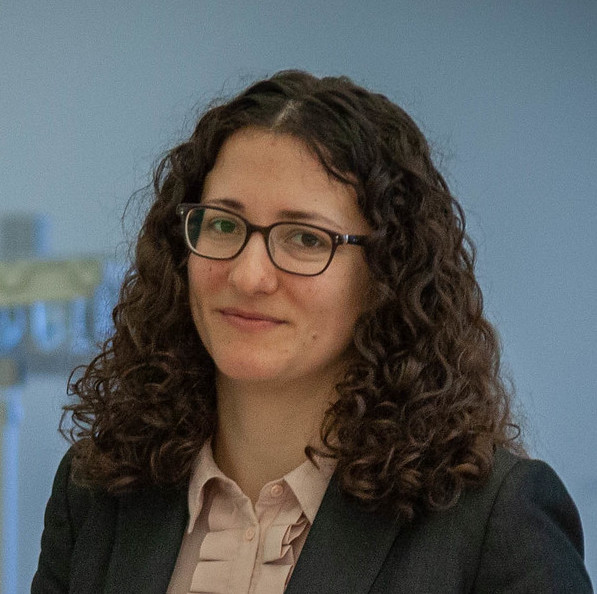New NIH Grant to Help Unravel the Molecular Mechanisms of Atherosclerotic Vascular Disease
Approximately 537 million people worldwide are affected by diabetes mellitus, a condition characterized by high blood sugar levels. By 2030, it is projected that this number will increase to 643 million. Among individuals with diabetes, almost half are older adults aged 65 or above who have type 2 diabetes. As the global population ages and the number of people with diabetes continues to rise rapidly, this age-related disease poses a significant challenge in the medical and socioeconomic realms.
In people with diabetes and cardiovascular disease, the leading cause of death and disability is a condition called atherosclerotic vascular disease. This disease involves the progressive narrowing and hardening of blood vessels due to complex processes such as calcification, glycation, and crosslinking. However, identifying the specific molecules responsible for this degradation process remains a persistent challenge in the field.
On the other hand, gaining a deeper understanding of the causes of this disease can help us develop strategies to prevent, diagnose, or even reverse the loss of elasticity in arterial tissues.
The resea rch funded by this new NIH R56 grant and carried out in Prof. Anna Tarakanova’s group, aims to develop such a deeper understanding by investigating the mechanical deterioration of arterial elastic tissue at various levels, ranging from the sub-molecular to tissue scales. The research will develop a computational framework that simulates and unravels the molecular mechanisms behind the mechanical deterioration of arteries during aging and disease.
rch funded by this new NIH R56 grant and carried out in Prof. Anna Tarakanova’s group, aims to develop such a deeper understanding by investigating the mechanical deterioration of arterial elastic tissue at various levels, ranging from the sub-molecular to tissue scales. The research will develop a computational framework that simulates and unravels the molecular mechanisms behind the mechanical deterioration of arteries during aging and disease.